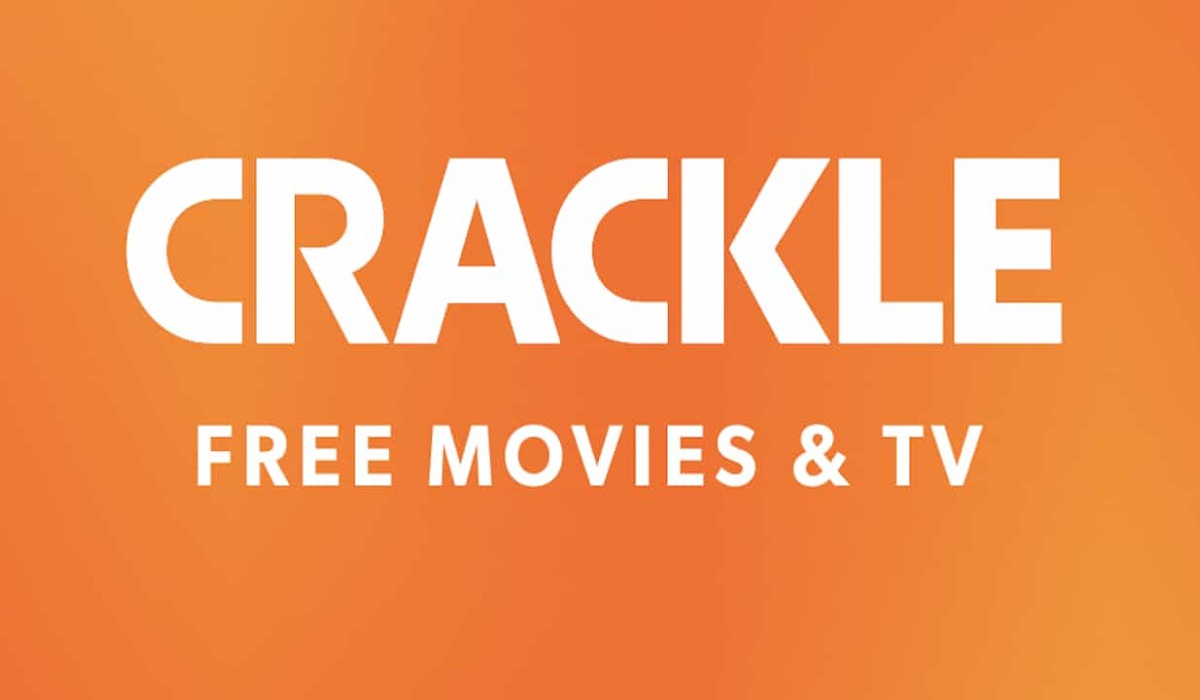Crackle was one of the early pioneers of the free ad-supported streaming content model. At its peak, it was available on several streaming platforms, including Roku.
However, you might have noticed that the app is no longer on the Roku platform. The reason for this is that the Crackle streaming service shut down in 2024, after its parent company, Chicken Soup for the Soul Entertainment, filed for Chapter 7 bankruptcy.

Below is a detailed look at Crackle, from its history over the years to its shutdown and removal from the Roku platform.
Crackle’s origin and early days
Crackle was founded in 2004 by Josh Fesler, Dave Samuel, Mike Sitrin, and Aviv Eyal.
At the time, it was known as Grouper, and the co-founders had launched it as a peer-to-peer (P2P) platform that allowed groups of friends to share personal media, including videos, photos, and music.
At its inception, the Grouper P2P sharing platform offered a music-sharing feature, enabling users to share and stream music for free.
With other technologies overtaking P2P sharing, Grouper evolved into a public video-sharing platform.
Consequently, the platform became one of the early pioneers of online video sharing, introducing several key features, including the instant sharing of videos across multiple social media sites and the ability to combine videos, photos, and music into a single, uploadable file.
Crackle’s evolution into a streaming service
In August 2006, Sony purchased Grouper for $65 million. A year later, Sony rebranded Grouper, renaming it to Crackle and establishing it as a multi-platform video entertainment network and studio.

Over the next several years, Sony invested heavily in the evolution of Crackle. In 2011, they launched Crackle’s streaming service on PlayStation 3, Bravia TVs, Roku boxes, and Sony Blu-Ray players.
The company also partnered with Xbox Live to add Crackle’s content to Xbox 360.
In 2012, Sony improved Crackle’s streaming library by adding Animax to its content lineup for users in the US and Canada. Then, in 2013, the company released a streaming app for the BlackBerry 10 phones, in addition to adding the streaming service to Apple TV boxes.
As Crackle continued to evolve and rise, Sony improved the streaming service’s library to make the platform more competitive. For example, it added the Australian soap opera “Days of Our Lives“ to its lineup after the Nine Network axed the show.
Sony also introduced other types of content, including game shows, anime, films, TV dramas, and original shows (such as The Oath). In addition, in 2015, Crackle introduced “Always On”, an ad-supported 24/7 channel to its streaming service.
Purchase by Chicken Soup for the Soul Entertainment
In 2018, Sony rebranded Crackle, renaming the streaming service to Sony Crackle. Then in 2019, the company sold its majority stake in the platform to Chicken Soup for the Soul Entertainment (CSSE).
Immediately after taking over the platform, CSSE reverted the streaming service’s name to Crackle. Then, in 2020, the company purchased Sony’s remaining stake in Crackle, gaining full control over the streaming service.
The acquisition of Crackle saw Chicken Soup expand its streaming service portfolio; the company had acquired Popcornflix in 2017.
In 2022, the company acquired film distributor 1091 Pictures. The deal gave Chicken Soup access to a catalogue of around 4,000 movies and TV shows, as well as several free, ad-supported TV channels and networks.
A few months later, Chicken Soup expanded its streaming presence further when it acquired Redbox, a video rental and streaming service that also offered online ad-supported streaming.
Bankruptcy filing and shutdown
The acquisition of Crackle and other streaming platforms should have increased CSSE’s competitiveness in the streaming market. However, by 2024, things had begun going downhill for the company.
But even before CSSE acquired Crackle, there were already signs of trouble.
For example, in 2014, Sony ceased Crackle’s operations in the UK after facing stiff competition from subscription-based streaming services. Then, in 2019, the company shut down the platform in Australia and Latin America.
However, the ultimate downfall of Crackle resulted from Chicken Soup’s acquisition of Redbox. When the company acquired the DVD rental service, it also assumed its massive $325 million debt.
Before acquiring Rebox, CSEE was already showing poor revenue results and reporting considerable losses. However, the financial performance dipped drastically after the Redbox acquisition, with the company reporting a net loss of $636.6 million in 2023.
The performance caused the company’s stock price to plummet, dropping below $1. As a result, the company received a delisting notification from Nasdaq due to the poor performance.
Things got worse for CSSE in June 2024, when the company failed to raise funds for a debt forbearance agreement. Following this, the company fired its entire board of directors, save for the chairman and the CEO.
On June 29, 2024, CSSE filed for Chapter 11 bankruptcy protection. The Chapter 11 bankruptcy filing would have allowed the company to reorganise its assets and relaunch its services.
However, in July 2024, a judge ordered the company’s bankruptcy filing to be converted to Chapter 7 bankruptcy liquidation.

The Chapter 7 bankruptcy resulted in the shutdown of CSSE’s subsidiaries, including its streaming services, Crackle, Popcornflix, and Redbox. As a result, Roku removed these apps from its platform after they ceased functioning.
Crackle’s brief relaunch in 2025
Crackle’s website and app (on some devices) were live but not operational while the company was undergoing Chapter 7 liquidation.
Then, in March 2025, Crackle users were surprised when the streaming platform appeared to have relaunched, allowing users to stream content from its website.
However, the relaunch was short-lived as the website went dark again in April 2025.
As of June 2025, all of Crackle’s platforms, including its website, are no longer online, with CSSE assets having been auctioned.